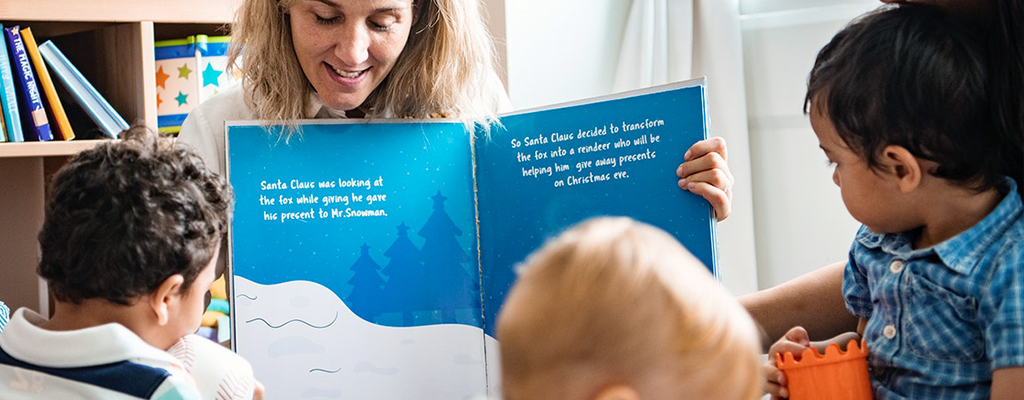Are you struggling with students cheating? There are plenty of ways on how you can avoid this. We listed our top methods to stop cheating in school!
It’s a common misconception for adults to think that student life is a mere walk in the park.
Considering their point of view as part of the workforce, it’s understandable how this came to be and how they’ve forgotten their lives as students. After all, students don’t need to work eight hours a day, pay taxes and deal with officemates and other miscellaneous bills.
However, just as adult life is hard, it shouldn’t invalidate their struggles. Study shows that although students spend 7 hours in school, they also spend more than 6 hours between extracurricular and homework, thus totaling to 13 hours of school-related activities. That’s more than half of their days, no wonder they’re tired!
An unfortunate side effect of this exhaustion is its effect on their academics, which is ironic considering that their fatigue is caused by trying to do well in school and keep up with their requirements. Factoring in the pressure to succeed and fear of failure, students’ stress levels are higher than it has ever been.
Studies have shown that these factors affect a student’s decision to cheat or copy an answer from a classmate. While doing homework, a student’s decision road map between cheating and not cheating is determined by whether or not they can figure things out and ultimately if it affects their grade – the latter weighing a bit more heavily than the first.

As everyone knows, cheating does not help anybody in the long run. It doesn’t help teachers and it certainly doesn’t help students. In order to avoid cheating, educators must catch students early on in their decision road map, right where they decide whether or not they could learn a concept or solve a problem. Educators must make it easier for students to grasp the lessons by providing more flexible ways to understand it, not by giving out easier concepts.
To do this, it’s best to acknowledge the educational landscape that students occupy nowadays. As always, technology and society go hand in hand and one always affects the other, the same thing with technology and education. A student, despite hours spent in the classroom, has to learn and practice many of the concepts and lessons they get from the classroom on their own. Whether it’s because they have a different learning style or because they have no one else to work with, it’s something that happens every day. To assist them in this journey, let us enumerate the ways:
1. Make it accessible.
Complaints about internet speed may sound shallow but imagine downloading a file one needs for homework with an internet speed of a turtle, wouldn’t you be frustrated yourself? Having a decent working internet can save everyone a lot of trouble and open students to new ideas and different platforms.
It’s also best to design for phones, considering it’s the preferred gadget of students, over laptops and desktop computers. Its small size ensures its portability and its many functions ensures its accessibility.
Don’t be afraid of technology’s presence in the classroom or in students’ educational pursuits. It’s an ally and a resource if one knows where to look.

2. Make it concise and compact.
A brief and concise message is easier to digest over one that goes around and around with flowery words. Getting a student’s attention is a different battle from keeping it. To keep them engaged, stick to either short and sweet chunks of lessons or deliver it in a way that will keep them engaged for a longer period of time.
Take, for example, a 20-minute video. To keep the core of the video, you can opt to show 2-minute parts of it in several intervals. Not only does this keep the students engaged with its length but it also gives them enough time to digest the idea behind each clip.
3. Make it easy to understand.
Nobody likes a convoluted message. Before learning, a student must understand first. And as educators, parents, and supervisors, it’s your job to make things understandable. The difficulty is not a valid measure of a teacher’s ability, it’s their willingness and skill to transform a complicated concept into an easily digestible one.
To do this, making lessons visual and speaking to students using their own language is vital to its success.
Again, cheating in homework is not necessarily done by students out of laziness and bad habit. It’s done out of difficulty faced and hopelessness from understanding concepts and problems. To avoid this and to build students’ confidence, it is the educator’s duty to make lessons and its supplementary additions, accessible, concise and easy to understand.
Did you enjoy this article? Feel free to share it on social media!
Learning Links promotes meaningful education and personal growth to help find what students really want for their careers and lives!



